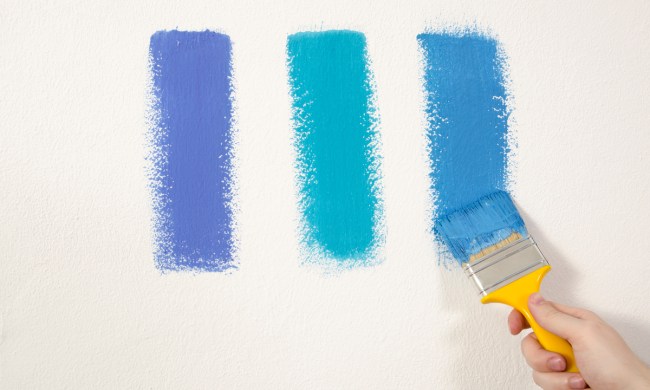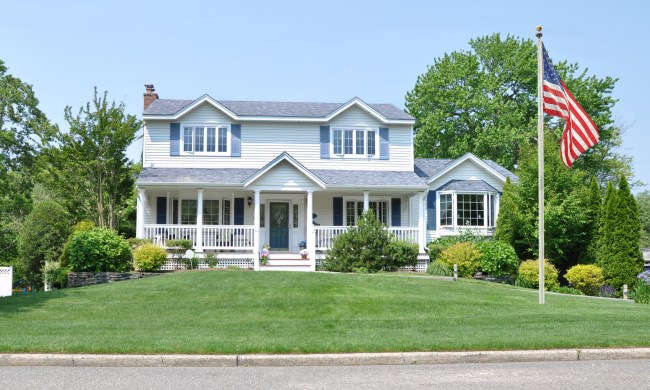Over the past few years, monochromatic walls and ceilings have been a popular trend in homes everywhere. While we can expect this trend to lessen during the next few years, there’s another painting style making its presence known again: The two-tone wall.
Two-tone walls make a statement and are reminiscent of the ever-popular accent wall — a fad that comes and goes in interior design. Only, two-tone walls come with a twist. They are created by using two contrasting colors, either vertically or horizontally, on the same wall to create a unique effect.
The style has evolved from the traditional bottom wainscoting and contrasting wall top designs of yore, and this trend is coming into style once again with new twists. If you want to hop on this trend during its resurgence in home design, then we have some great tips for you. Here are some ideas to help you create this revived style.
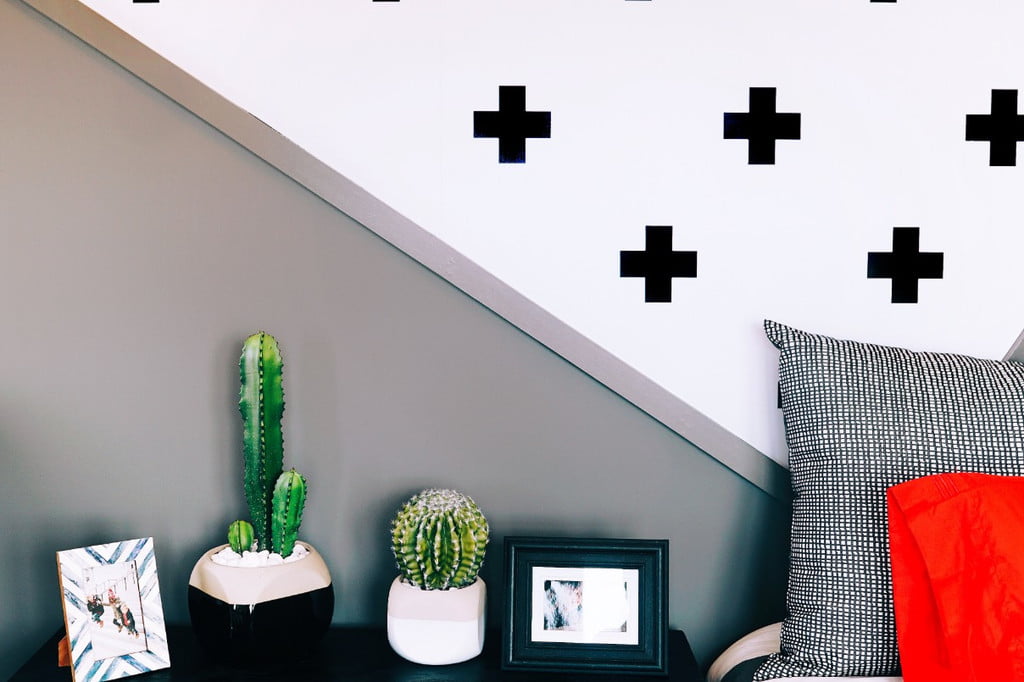
What is a traditional two-tone wall?
A conventional two-tone wall is usually found in homes with base trims and wainscoting. Most homeowners keep the trim white and paint the top portion of the wall a contrasting color. Choosing a shade is easy when the other color is a bleached white or off-white, so this is a simple decision for many.
An adventurous choice is painting the trim a color besides white, then painting the top portion of the wall a complementing color. Many people in apartments and homes even apply the top color to the ceiling for a more unique look.
Homes with no wainscoting or trims can still feature two-tone walls, with many folks choosing to paint exactly halfway between the ceiling start and the floor. Some two-tone walls also feature a third strip of color that connects the bottom and top colors. This is usually a neutral color like white or black.
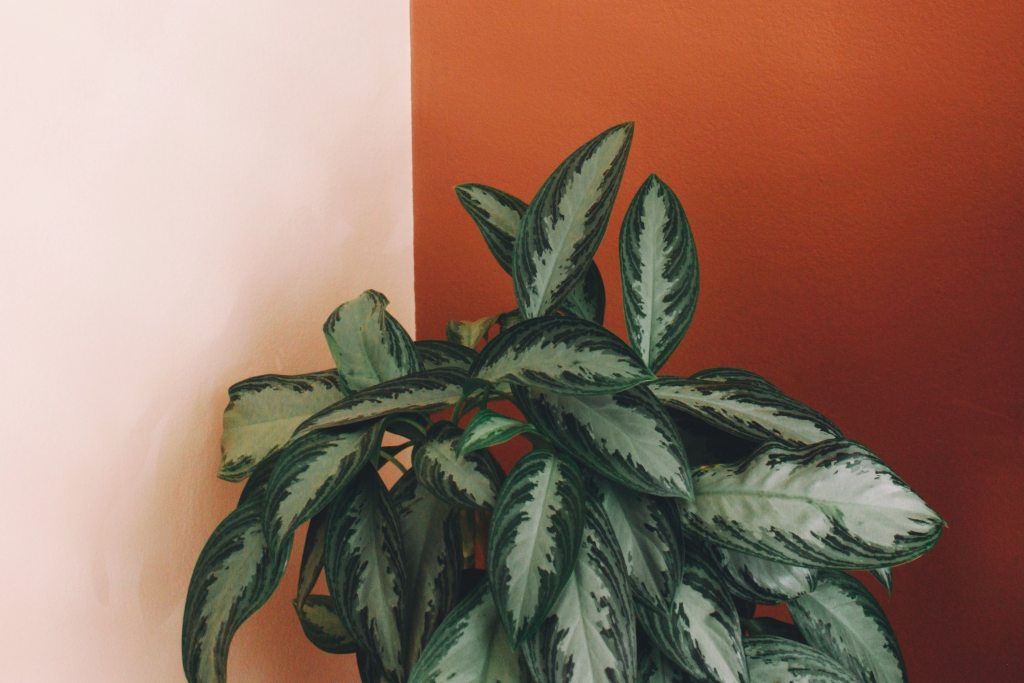
Two-tone painting ideas to try
Two-tone walls offer myriad color combinations and stylistic choices. For instance, you don’t have to paint exactly halfway between the ceiling and the floor. Instead, try some of these alternatives:
Step 1: Try bringing the bottom color two-thirds of the way up the wall, then bringing the top color all the way up and across the ceiling.
Step 2: Two-tone walls also don’t have to be painted straight across horizontally. If you’re feeling creative, paint roughly halfway up in imperfect strokes, giving your wall an artsy makeover.
Step 3: Another popular style is pointed, mountainous shapes instead of a straight, horizontal line.
Step 4: Here’s another, alternate idea to consider: Hang up thrifted artwork and paint it in line with your wall. You might also paint doors and other furniture like lamp legs for a modern and unique effect.
Step 5: You could also consider creating a block of color instead of bringing the paint across the entire room. For example, you could paint just the area behind your dresser up to the wall, creating a color block that makes guests do a double take. This inspired design brings the two-tone wall to a whole different level.
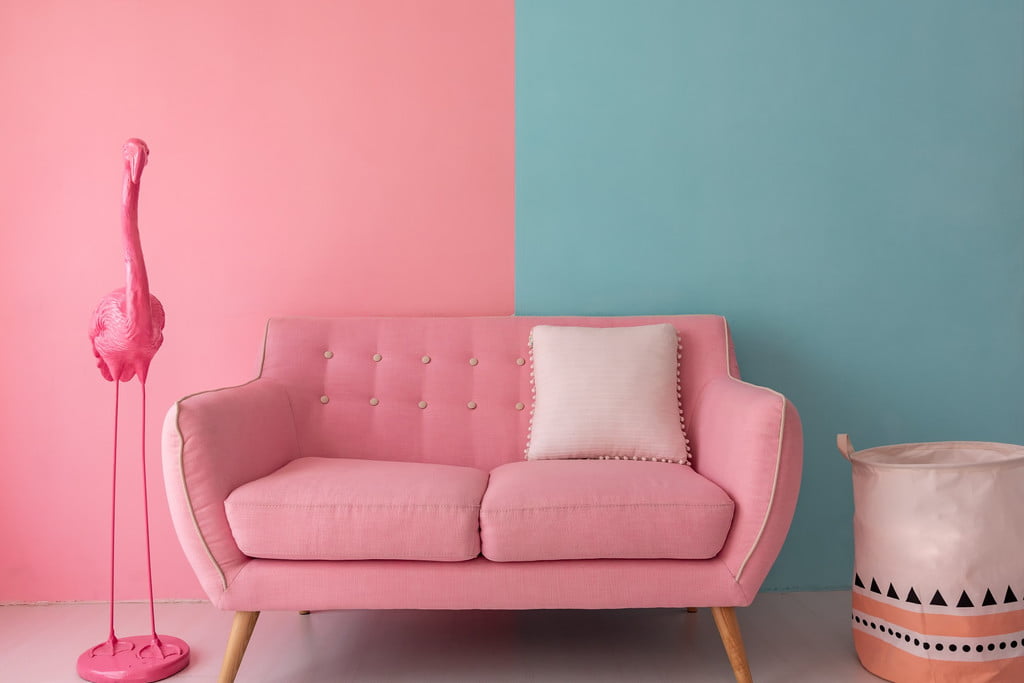
Popular colors to consider
While combining white and a second color is a popular choice, warm tones are increasing in popularity, particularly shades like ochre, earthy browns, deep greens, and warm pastels. Organic colors that age well are used more instead of bold, cool colors.
For a fresh and unique kitchen, consider ochre and a sandy pink combination with bursts of white. Warm pinks and various shades of green are also a great match that work well in kitchens, living rooms, and bedrooms.
Transform your bedroom into a haven with a combination of moody green and a soft, teal blue to make it feel nature-inspired. Add warmth with tan and beige accents like light wood pieces.
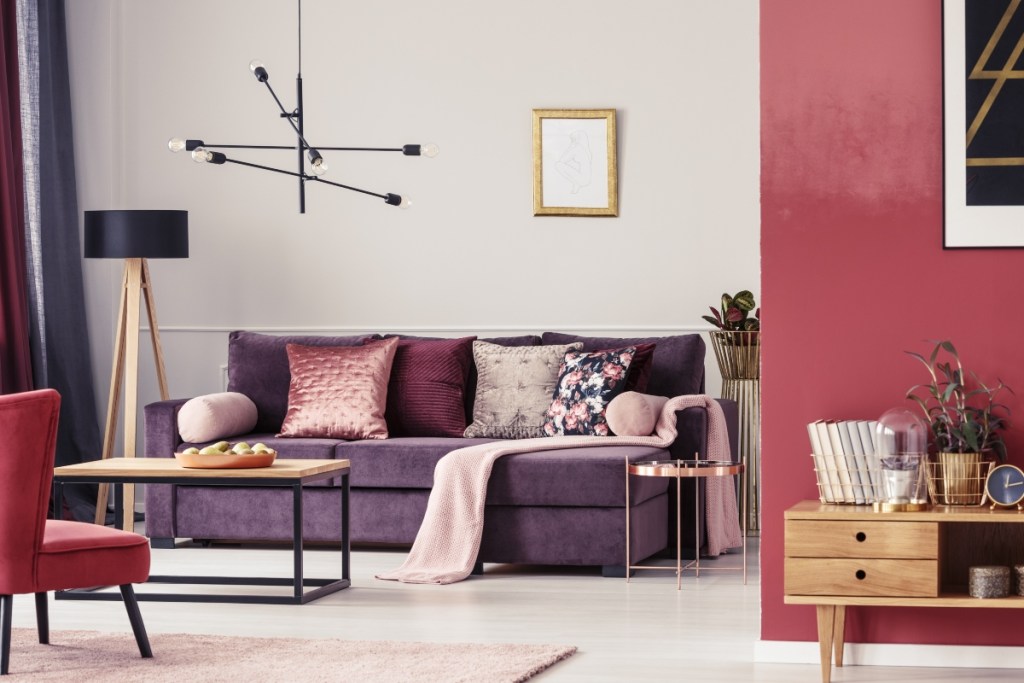
How to make two-tone walls successful
You can achieve an impressive two-tone wall. Follow these guidelines:
Step 1: Select colors with the same sheen. This is done by buying gallons of paint that are either all eggshell, all flat, all satin, all glossy, all semigloss, or all high gloss. This makes your walls look extra clean and cohesive.
Step 2: Use painter’s tape to ensure accuracy if your design features sharp lines.
Step 3: Use primer if necessary, to ensure the old paint is covered properly.
Step 4: Before painting, accessorize strategically. Whatever your design aesthetic, you need to make sure the colors, finish, and size of any decor complement your wall design.

How to make a room appear bigger with two-tone walls
One reason many homeowners like two-tone walls is because they can often make a room appear bigger than it is. A two-tone wall with a dark color on the bottom and a light color on top is the most popular choice for achieving this look. The dark color helps to ground the space while the light color lifts it up.
To create the visual appeal of a bigger space, divide your wall in half, with the dark color on the bottom and the light color on top. To further expand the room, paint the ceiling the same tone as the top color.
To create a cozier, more grounded look, divide the wall into thirds. The bottom two-thirds should be painted in the darker tone, while the top third is painted in the lighter color. You can choose to paint the ceiling the same color as your top hue or leave it a different neutral or white tone to further ground the space. If you prefer an even cozier aesthetic, you can also paint your bottom color up four-fifths of the wall, leaving only a small portion at the top in the lighter hue. Just keep in mind that this may visually shrink your room, so use this combo intentionally.
A darker color on top with a lighter tone on the bottom is also a great choice, most common in nurseries or kids’ rooms. This combination often gives the room a cozy and intimate feel without overwhelming the space. Remember that the ceiling should remain light or match the lower color in this scenario lest you risk visually burdening or weighing down the design.
While quirky pastels and darker colors in monochromatic schemes have covered living rooms, kitchens, and bedrooms for years, two-tone walls may be making a comeback.
We recommend starting with the guest room or an accent wall if you want to try out your two-tone design. If you’re satisfied with the result, move on to more ambitious areas like your living room and bedroom.



